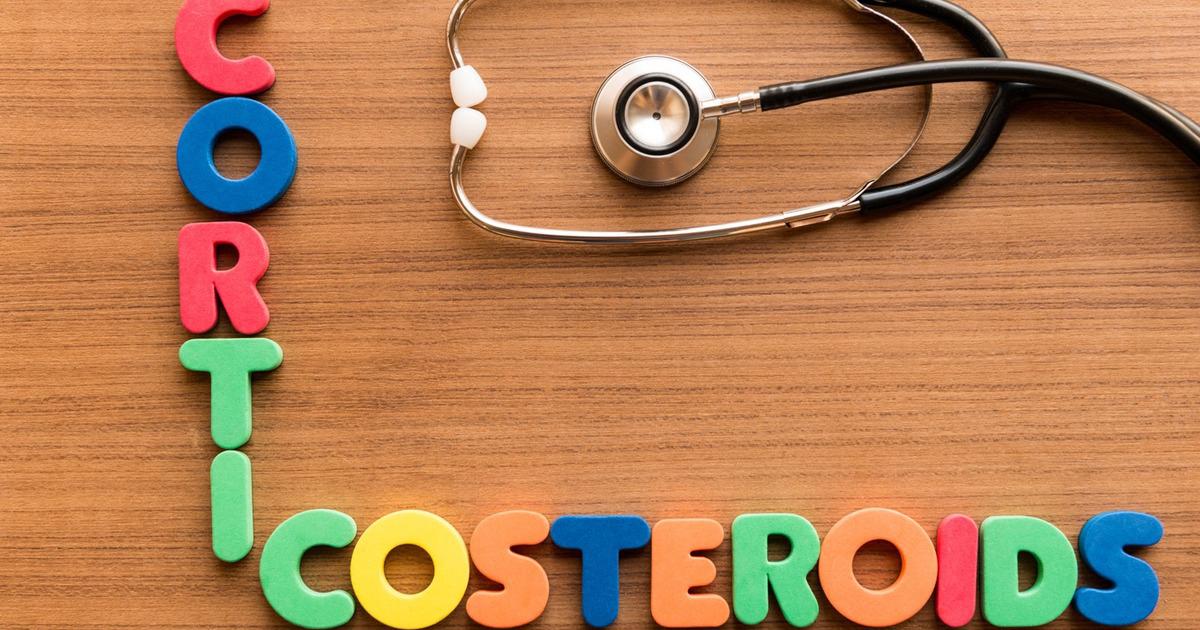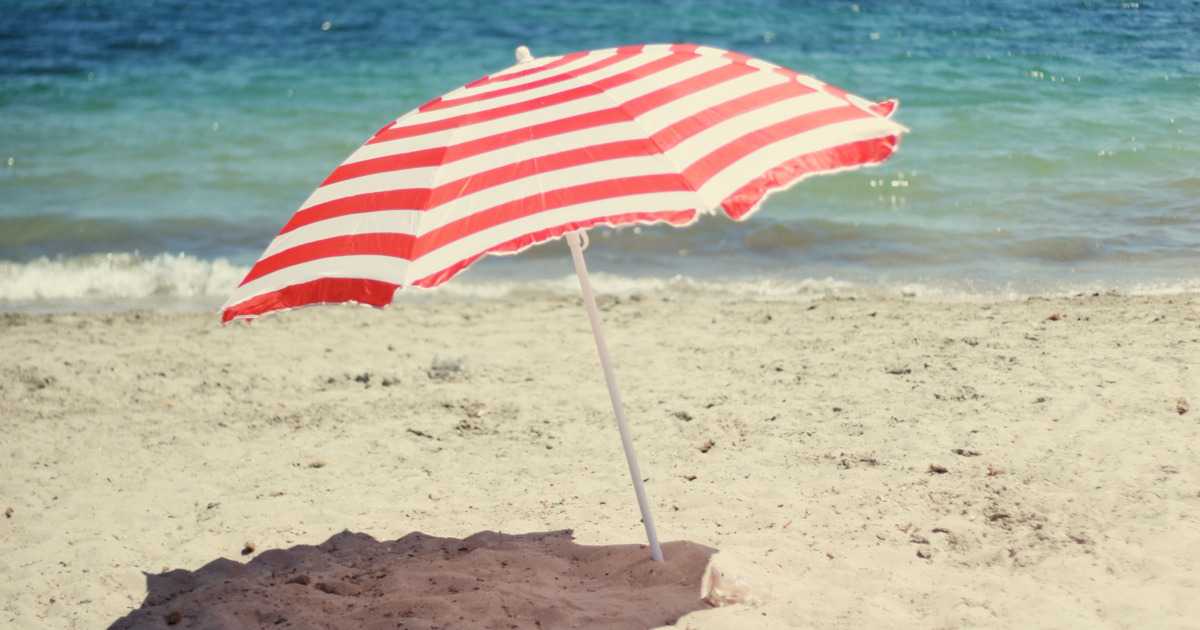How To Treat Bullous Pemphigoid
Bullous pemphigoid is a skin condition where large fluid-filled blisters develop on an individual's skin in areas that flex frequently. This condition is caused by an abnormal immune system response that targets the skin. In individuals affected by bullous pemphigoid, the immune system attacks the dermis or the layer of tissue underneath the epidermis or the outermost layer of the skin. The cause of this immune system response is not clear, but certain medications, medical conditions, light, and radiation are known to play a role. The risk of developing this condition increases as an individual ages, and it most commonly forms in older adults. Symptoms of this condition include itchy skin, large blisters that are difficult to rupture, reddish or darker than normal skin around blisters, hive-like rash, eczema, and small sores in the mouth. The objective of treatments for bullous pemphigoid is to relieve itching, heal the skin, and minimize medication side effects.
Get familiar with methods of treating this condition now.
Corticosteroids

Corticosteroids are prescription medications utilized to treat many different diseases and conditions. This type of drug reduces inflammation around the body. Numerous medical conditions may result in the immune system producing inflammatory responses, including redness, swelling, itching, and allergic reactions. Many of these types of conditions and diseases are considered autoimmune in nature. Autoimmune conditions and diseases are those characterized by the immune system mistakenly attacking its own healthy tissues in the body. Corticosteroids help counteract the immune system response or action that occurs in individuals with autoimmune conditions.
For bullous pemphigoid patients, corticosteroids stop the immune system from producing antibodies that attack the fibers that hold the epidermis skin layer to the dermis skin layer. Corticosteroids can be used orally or topically. The oral forms help mediate the immune response throughout the entire body, where the topical form mediates the inflammation in the localized area of application.
Learn more about treating bullous pemphigoid now.
Avoid Sun Exposure

All patients affected by bullous pemphigoid are advised to do their best to avoid sun exposure. When the skin is exposed to the sun, harmful ultraviolet rays can cause inflammation or a sunburn. Sunburns usually heal within a couple of days in healthy individuals. However, individuals with bullous pemphigoid have an abnormal immune system that causes the skin to respond to the ultraviolet rays severely, and sun exposure may cause the existing blisters to burst. When these blisters burst, they become very vulnerable to invasion by outside bacteria. The more damage done to the skin by the sun in individuals with bullous pemphigoid, the higher their risk becomes for contracting a life-threatening infection in their blood. Even in areas of unaffected skin, sun exposure can cause a breakout to occur. When an individual has numerous blister breakouts around the body, they are also less likely to perform proper blister and wound care. Lack of care further compounds the patient's risk of contracting an infection. Wearing protective clothing, using sunscreen, and avoiding the sun at the peak hours of the day can help reduce the sun's harmful effects on the skin of those affected by bullous pemphigoid.
Continue to reveal more bullous pemphigoid treatment options now.
